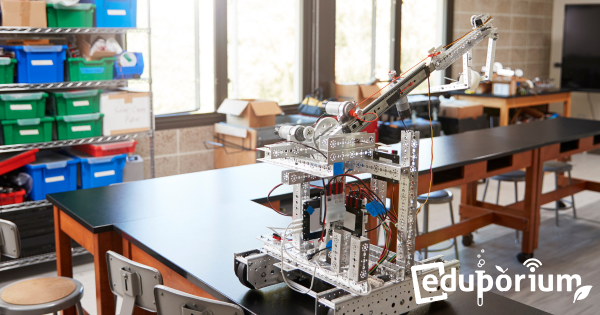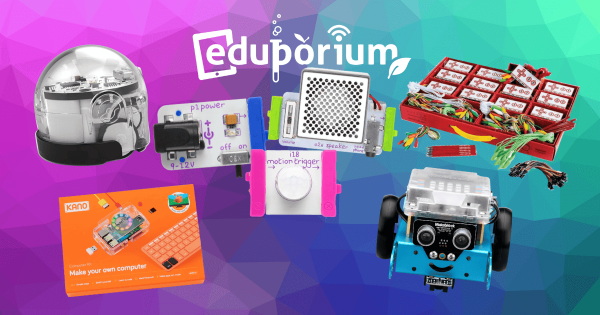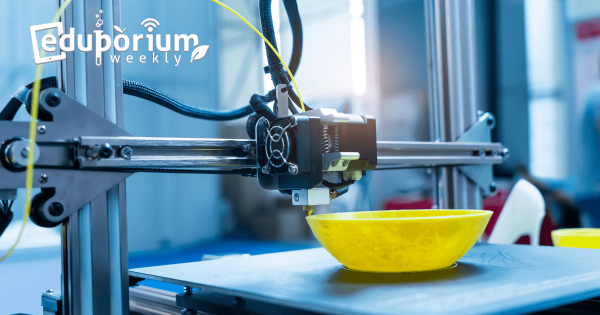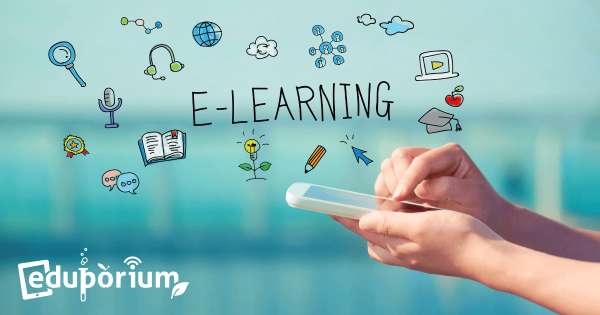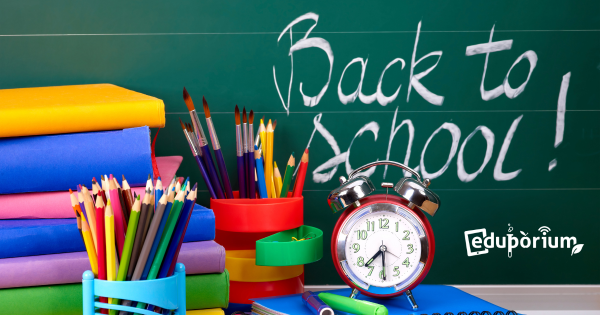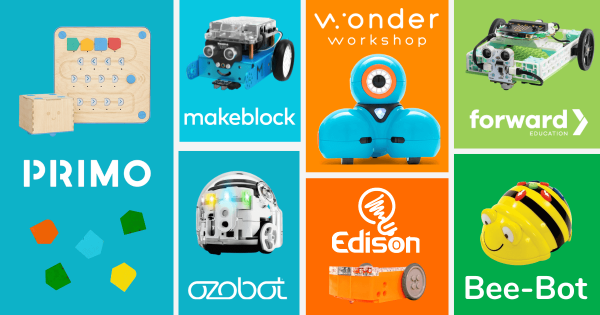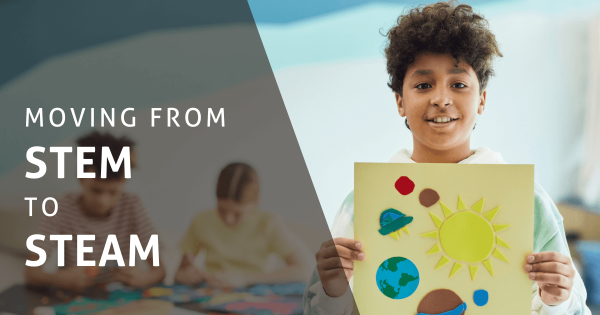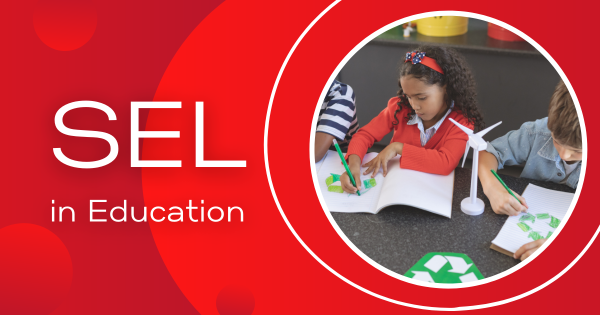Classroom design is one of those things we never really give our teachers enough credit for working on but there certainly is some strategy that goes into planning out all aspects of the school day and teachers certainly don’t overlook the value of creating these welcoming, accommodating, and even aesthetically pleasing classroom environments.
Search results for '5 top'
-
Eduporium Weekly | All In On Top OER Tools in Education?
If you haven’t given much thought to trying Open Educational Resources in education or maybe aren’t quite sure what exactly they are, the time is now for you to explore some basics of them! OERs are freely accessible, openly licensed documents and media for teaching, learning, and assessing your students as well as for research—and they’re all available for download. -
5 STEM Tools That 21st Century Educators Need
Hands-on learning is taking our entire education world by storm. In almost every town and in almost every grade, instructors are ditching the lectures, ditching the desks and embarking on brand new kinds of more meaningful educational experience. And, do you know why? Because it really tends to work! Keep on reading and explore some of the best EdTech tools -
Eduporium Weekly | 5 Reasons To Love 3D Printing
It’s an exciting time in the 3D printing world—both in the classroom and in the industrial realm. Much of that excitement and innovation being applied in the classroom has been developed by leading tech companies and then tweaked to gel with modern education. Want to learn about a few different 3D printing technologies? Head inside for some great tips and -
Eduporium Weekly | eLearning in 2015-16
Once you have students’ full attention, set clear objectives and frame them in a context that they can understand and, more importantly, identify with. Depending on your preference, this can be done by asking your students to reflect (a ‘why’ question) or challenges for them to chase (an ‘identify’ question). Head inside to learn more about this important area of -
Eduporium Weekly | 2015 Back-To-School Edition
Blended learning initiatives are currently carving their path into mainstream education with as much force as Hurricane Fred. Okay, maybe not quite as much, but it’s still equally powerful. That’s because when it comes down to modern learning in 21st century schools, two minds are often much better than one. Head inside to learn more about the latest trends we’re -
5 Inexpensive Classroom Tools Worth Using
After logging reading, students are automatically prompted to answer one Common Core-aligned comprehension question. They earn Wisdom Coins for logging reading and answering questions—they use these to buy virtual accessories for their Owlvatar. The more they earn, the more they can buy in the Owl Store; a surprising motivator. -
7 Educational Robotics Kits We'll Always Recommend
The great thing about educational robots is that they encompass the entire span of K–12 grades. By that, we mean that there are educational robotics tools available for kindergarteners just as consistently as there are robotics tools available for 12th graders. So, here’s the list of all our favorite options for classroom robotics kits for students across all different grade -
Eduporium Weekly | Moving From STEM To STEAM
STEM and STEAM education, understandably, have plenty in common and educators can use some similar tools and strategies while they’re teaching both. To start, STEAM education involves opportunities for students to add more artistry and creativity to these projects and, by moving from STEM to STEAM, they can learn to display their knowledge using new techniques. -
8 SEL Skills Students Develop Through Hands-On Learning
When educators can work to simultaneously engage their students’ heads, hearts, and hands in projects—something they could really accelerate with MakerEd tools—they often develop vital SEL skills more quickly while also preparing for future careers. So, what are these key social-emotional skills and what are some of the ways in which educators can teach them?



